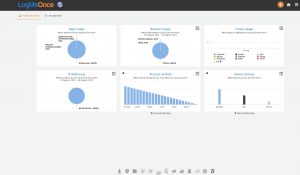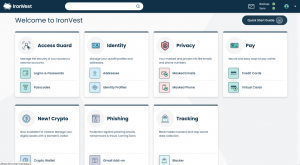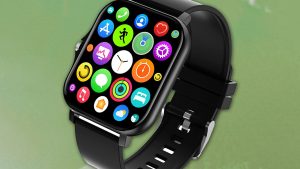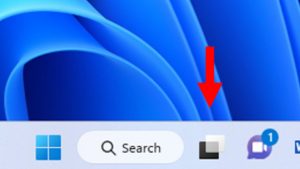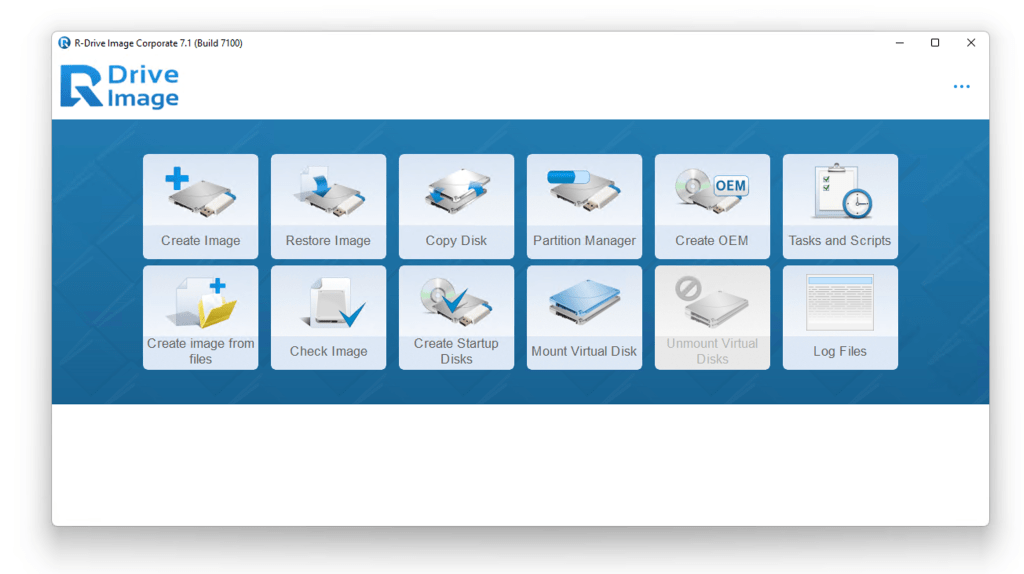

With a variety of complimentary backup programs offered, consisting of those that deliver with your operating system, R-Drive Image is a program I ‘d pay for. That has to do with as great a compliment as I can use to a piece of software.
The factor is simple. In all the years I’ve been utilizing the low-resource-consuming program (nearly 20), it’s never failed as soon as at its main task of creating pictures of partitions or disks. Almost every other backup program I’ve used has hiccupped in one way or another. In truth, I use R-Drive Image for supporting my backups and stopping working hard disk drives, where you may not get more than one shot at it.
This review belongs to our continuous roundup of the very best backup software. Go there for information on competing products and how we checked them.
Variation 7 presented a friendlier user interface; file and folder backup; and a partition supervisor that made the program substantially more versatile. If the company ever rolls in its exceptional R-Studio healing software, the boot disk count in my repair set will decrease to exactly … one. Now there’s a brand-new version that expands those capabilities even further.
R-Drive Image: What’s brand-new
Version 7.1 addresses among my primary grievances about R-Drive Image in the past: its total reliance upon its own proprietary images. While the program has actually never glitched for me, my preference with any backup program is to keep a number of backups around in VHD (Virtual Hard Disk) format, which you can mount utilizing absolutely nothing but the Windows os (or macOS with the assistance of VirtualBox or other software application).
The other significant good news for Windows users is the addition of a WindowsPE boot disc. The Windows Pre-install Environment (Windows 10) might offer some Windows-only drives not offered from Linux and allow booting on some systems with Secure Boot allowed in the BIOS.
There’s likewise now the alternative to convert partition designs from MBR (Master Boot Record) to GPT (GUID Partition Table) and vice versa. I’ve never ever had the need, however some systems boot better using one or the other. AES-XTS image file encryption is now supported and you can likewise resize the C: (OS) partition without having to reboot later on. Lastly, there is a brand-new choice to inspect multiple images for mistakes with a single command.
R-Drive Image: Interface
R-Drive Image keeps the new interface that was presented with version 7.0. Below you can see the older version (upper left), as well as the new one (bottom), plus my individual favorite: the character-based interface that I use to frighten customers looking over my shoulder.
Both the new GUI and DOS-like interfaces are offered from the Linux boot disc, however the WinPE variation includes the brand-new GUI just. Alas, the brand-new partitioning facilities are only offered from the modern-day GUI. Truthfully, I can’t be too aching about the omission, as porting it to the older DOS-like GUI would likely be a great deal of work. Hello, R-Tools, if you’re ever tired … R-Drive Image: Features
R-Drive Image will develop complete (all information), incremental (all data altered given that the last image), or differential (all data altered since the original full image) images. It will also validate them, copy disk-to-disk (cloning), and mount images as virtual disks that you can browse and recover specific files and folders from. It understands Microsoft’s FAT (16/32), NTFS, and exFAT formats; Apple’s HFS/HFS+, and APFS; along with the Little and Big Endian versions of UFS1/UFS2 and Ext2/Ext3/Ext4 FS (Linux), and ReFS.
Other file systems are supported on a byte-by-byte (all sectors are supported– consisting of data or not) basis with no sneak peek or file-level access from within the program. R-Drive Image also supports hardware RAID (as single volumes) and software application RAID: Windows, Apple, and Linux mdadm. You can conserve your images just about anywhere and to practically any media. The program even burns CDs and DVDs on its own. Don’t laugh– optical media is still in prevalent usage for business archiving.
Related functions include e-mail notifications on job conclusion; running programs based on the success or failure of the process; the ability to bypass file or disk errors and continue the job (fantastic for recovering information); using Windows or its own exclusive shadow service (flushing and locking information); in addition to job throttling (decreased CPU usage).
It’s also good reassurance that there’s no ongoing telemetry (communications between the program and the company) in play. Not to be paranoid, however that’s something you might desire to consider when supplying low-level access to your data.
Prior to version 7.0, R-Drive Image would back up only entire partitions or drives. Now it can develop the same type of image files from groups of files or folders you pick.
R-Drive Image likewise features a partition manager, which permits you to erase, secure wipe, produce, and re-size partitions without leaving the R-Drive Image user interface. As pointed out, it’s available just from the graphic interfaces (Windows native and Linux/WinPE boot disks). Sigh.
R-Drive Image: Performance
As I’ve said, R-Drive Image has actually been 100 percent reputable for me for many years. It can even avoid bad sectors and copy what remains, though this can be an exceedingly long treatment if you have a lot of read failures. Aside from that, R-Drive Image is rather quick. Version 7.x balanced around 90MB/s checking out, compressing, and composing 650GB of information to a SATA SSD in my screening, in addition to a network location.
Just FYI, R-Drive Image consistently over-estimates the time a job will take. If you see an inflated time, click start and you’ll likely be pleasantly shocked at the speed of the backup.
If you’re utilizing older hardware, R-Drive Image is by far your finest bet. Keep in mind that the business’s R-Studio supports Apple Silicon, so perhaps there’s ARM assistance in R-Drive Image’s future.
Unusually enough, I did get my first-ever R-Drive Image mistake code with variation 7.0 (7000 build) when selecting the modify function of the partition supervisor on an external, exFAT-formatted USB drive. It was non-fatal, which suggests superior error-checking, and R-Tools delivered me a fix (build 7001) nearly immediately. Yes, the company is that dedicated and responsive.
While R-Drive Image provides just about every choice and feature you can think of for regional and network usage, I ‘d still lobby for multiple-destinations per job and support for online storage services. Add those and I’m believing it gets another half star.
Note that I tested a pre-release variation of 7.1.
Should you purchase R-Drive Image?
As I said, I came close to awarding R-Drive Image 7.1 a 5-star rating. It matches the competition in ease of use and functions, and is a tier up in regards to dependability and hardware/OS compatibility. Put bluntly, it’s the one you desire.
Now friendlier and more suitable thanks to VHD and WinPE support, it’s as close as you can get to a one-stop solution backup and partition option. While not perfect, the program’s features and dependability as well as the business’s commitment to perfection came close to making it my first 5-star score. I ‘d still like several locations per job, but R-Drive Image is the one you desire.
Editor’s note: Because online services are often iterative, gaining brand-new functions and efficiency improvements with time, this review undergoes change in order to properly reflect the present state of the service. Any changes to text or our last evaluation verdict will be noted at the top of this post.



